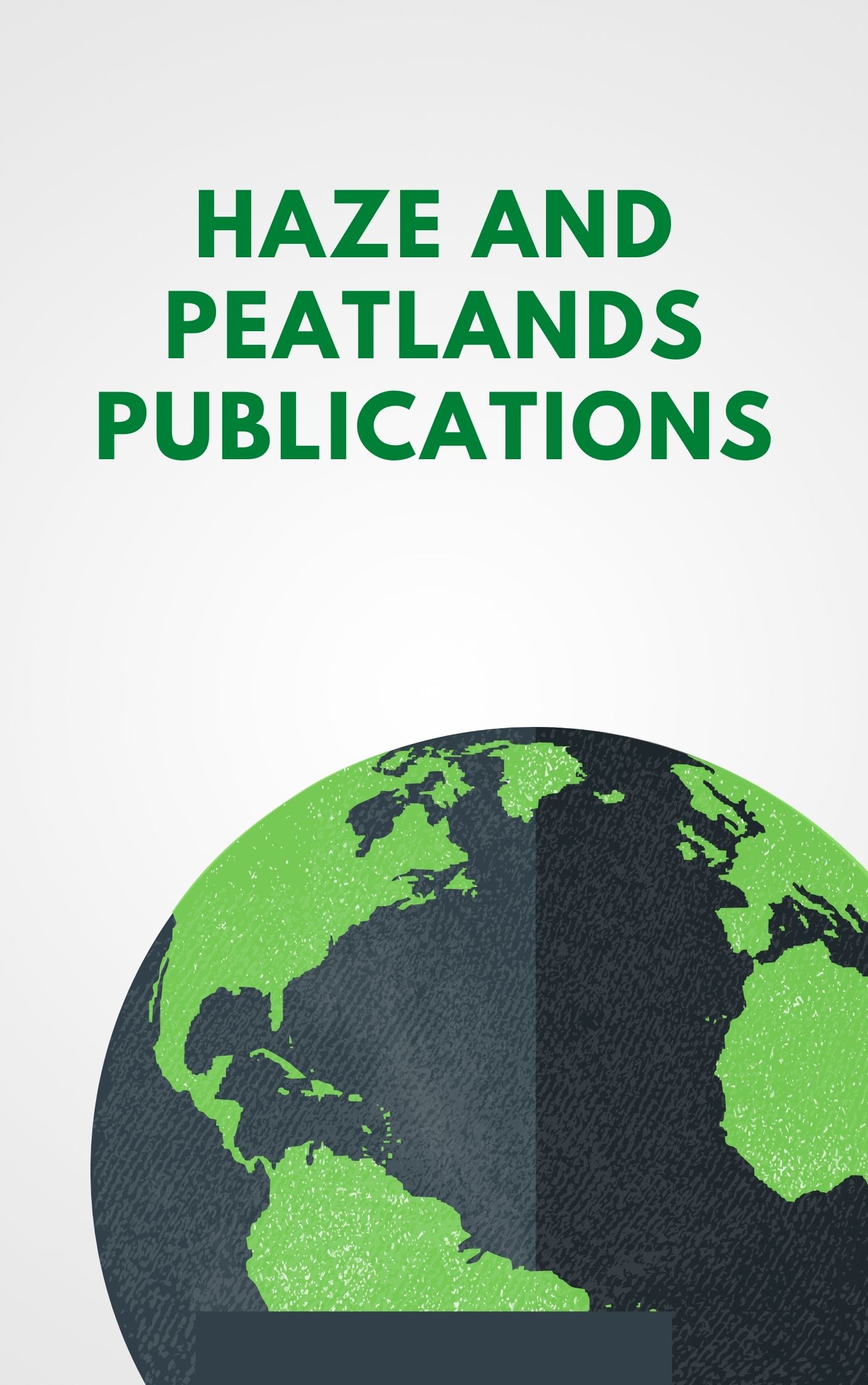The bacterial community structure in soil of a tropical rainforest in East Kalimantan, Indonesia, where forest fires occurred in 1997-1998, was analysed by denaturing gradient gel electrophoresis (DGGE) with soil samples collected from the area in 2001 and 2002. The study sites were composed of a control forest area without fire damage, a lightly-burned forest area, and a heavily-burned forest area. DGGE band patterns showed that there were many common bacterial taxa across the areas although the vegetation is not the same. In addition, it was indicated that a change of vegetation in burned areas brought the change in bacterial community structure during 2001-2002. It was also indicated that, depending on a perspective, community structure of soil bacteria in post-fire non-climax forest several years after fire can be more heterogeneous compared with that in unburned climax forest. The dominant soil bacteria in the field of the present study were Acidobacteria, Actinobaceria, and Alphaproteobacteria based on the DNA sequences of DGGE bands, although they were not dominant among the culturable bacteria from the same soil samples.
View source

